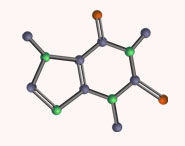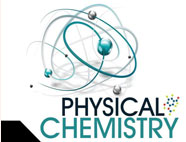


 علم الكيمياء
علم الكيمياء 
 الكيمياء التحليلية
الكيمياء التحليلية 
 الكيمياء الحياتية
الكيمياء الحياتية 
 الكيمياء العضوية
الكيمياء العضوية 
 الكيمياء الفيزيائية
الكيمياء الفيزيائية
 الكيمياء اللاعضوية
الكيمياء اللاعضوية 
 مواضيع اخرى في الكيمياء
مواضيع اخرى في الكيمياء
 الكيمياء الصناعية
الكيمياء الصناعية |
Read More
Date: 15-8-2017
Date: 27-7-2017
Date: 28-8-2017
|
Cracking Gas Feeds
The main gas feedstock for ethylene production is ethane. Propane and butane or their mixture, LPG, are also used, but to a lesser extent. They are specially used when coproduct propylene, butadiene, and the butenes are needed. The advantage of using ethane as a feed to cracking units is a high ethylene yield with minimal coproducts. For example, at 60% per pass conversion level, the ultimate yield of ethylene is 80% based on ethane being recycled to extinction. The following are typical operating conditions for an ethane cracking unit and the products obtained:

Propane cracking is similar to ethane except for the furnace temperature, which is relatively lower (longer chain hydrocarbons crack easier). However, more by-products are formed than with ethane, and the separation section is more complex. Propane gives lower ethylene yield, higher propylene and butadiene yields, and significantly more aromatic pyrolysis gasoline. Residual gas (mainly H2 and methane) is about two and half times that produced when ethane is used. Increasing the severity of a propane cracking unit increases ethylene and residual gas yields and decreases propylene yield. Figure 1.1 shows the influence of conversion severity on the theoretical product yield for cracking propane. Cracking n-butane is also similar to ethane and propane, but the yield of ethylene is even lower. It has been noted that cracking either propane or butanes at nearly similar severity produced approximately equal liquid yields. Mixtures of propane and butane LPG are becoming important steam cracker feedstocks for C2–C4 olefin production. It has been forecasted that world LPG markets will grow from 114.7 million metric tons/day in 1988 to 136.9 MMtpd in the year 2000, and the largest portion of growth will be in the chemicals field.

Figure 1.1. The influence of conversion severity on the theoretical product yield for the cracking of propane. Acetylene, methyl acetylene, and propadiene are hydrogenated and both ethane and propane are recycled to extinction (wt%)



|
|
|
|
التوتر والسرطان.. علماء يحذرون من "صلة خطيرة"
|
|
|
|
|
|
|
مرآة السيارة: مدى دقة عكسها للصورة الصحيحة
|
|
|
|
|
|
|
نحو شراكة وطنية متكاملة.. الأمين العام للعتبة الحسينية يبحث مع وكيل وزارة الخارجية آفاق التعاون المؤسسي
|
|
|